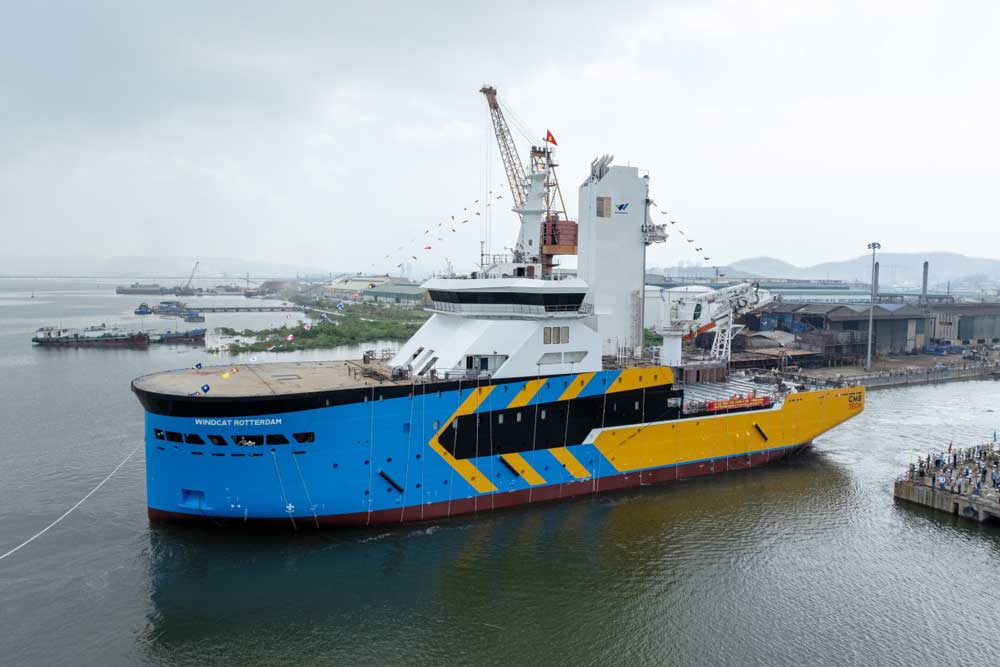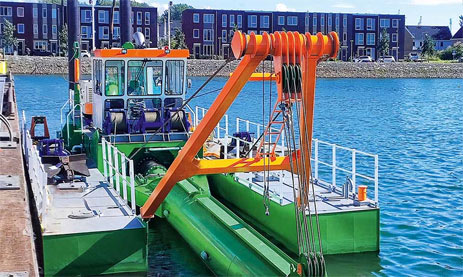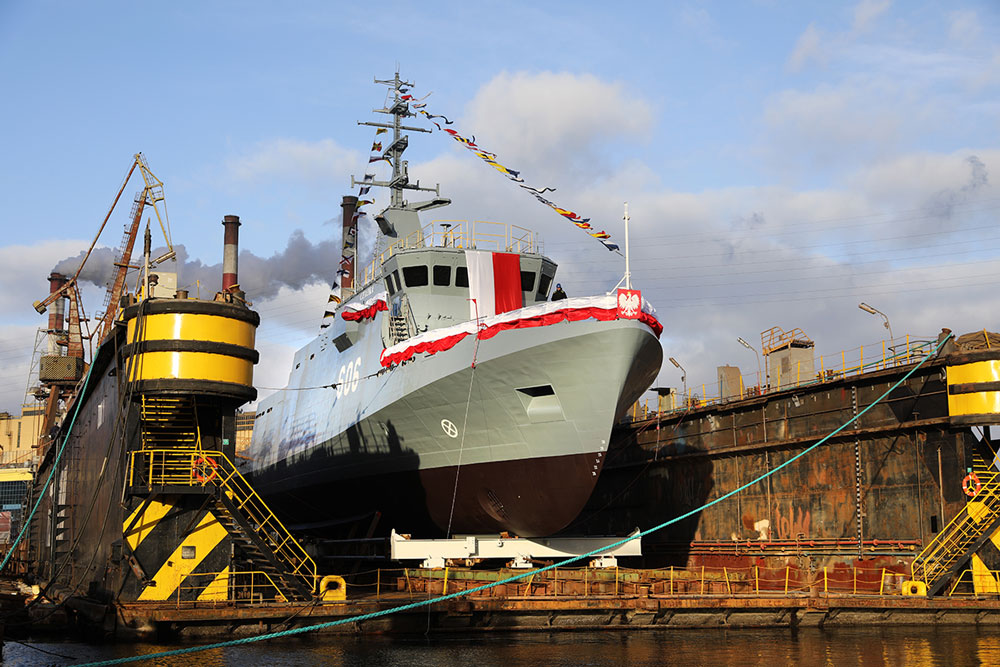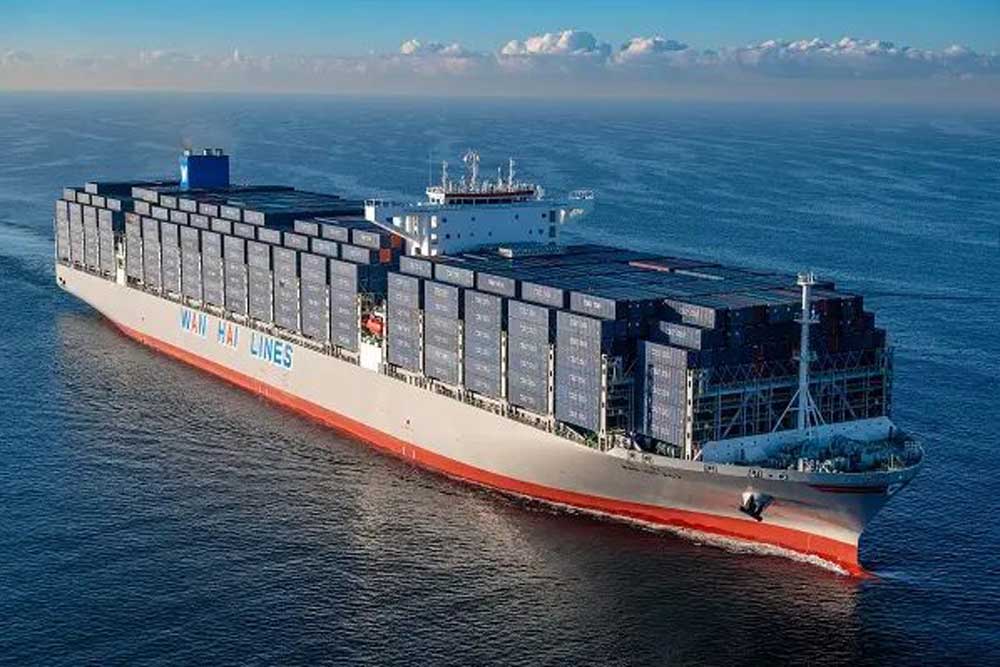At the weekend, the shipbuilding company Damen celebrated a new launch at the Ha Long shipyard in Vietnam.
It marked the inauguration of the “Elevation Series” of Commissioning Service Operation Vessels (CSOVs) for the offshore company Windcat. Delivery is scheduled for the second quarter of 2025.
Damen will build a total of six of these vessels for Windcat. They were developed in close cooperation with Windcat and the design company CMB.TECH. The companies first announced their intention to jointly build a series of this type of ship in 2022. After the initial contract with two orders, Windcat increased the order to a total of six vessels.
Damen to build six CSOVs for Windcat
The vessels will be used to maintain and support offshore wind farms. Following the launch of the first CSOV, Damen will continue with outfitting and commissioning before delivery next year.
“We have been working with Damen towards this day for a number of years and seeing the first CSOV glide into the water was truly a special moment,” said Windcat Managing Director Willem van der Wel. “We look forward to unveiling this ground-breaking vessel to the world next year.”
Compared to previous support vessel designs, the CSOV represents a step forward in terms of efficiency, performance and comfort, Damen said. The 87-metre-long vessel is designed to deliver the best offshore performance in its class and has several new technologies on board to achieve this. It has a dual-fuel propulsion system and is set to make greater use of hydrogen as a fuel in the long term.
Space for up to 120 people
The ship can accommodate up to 120 people on board and can remain at its location for up to 30 days to provide technical support and maintenance on site. Particular attention was paid to providing offshore personnel with the most comfortable living and working conditions possible during their time on board.
“We are particularly proud of the efficiency gains expected from this vessel,” added Damen Sales Manager Benelux Joost van der Weiden. “The hybrid-electric propulsion system combined with an efficient power distribution system means that no backup diesel generator is needed and the vessel never consumes more power than necessary.”
In addition, the thruster configuration has been optimised to improve dynamic positioning (DP) during transhipment operations. A “significant reduction in fuel consumption and therefore emissions is expected.”















